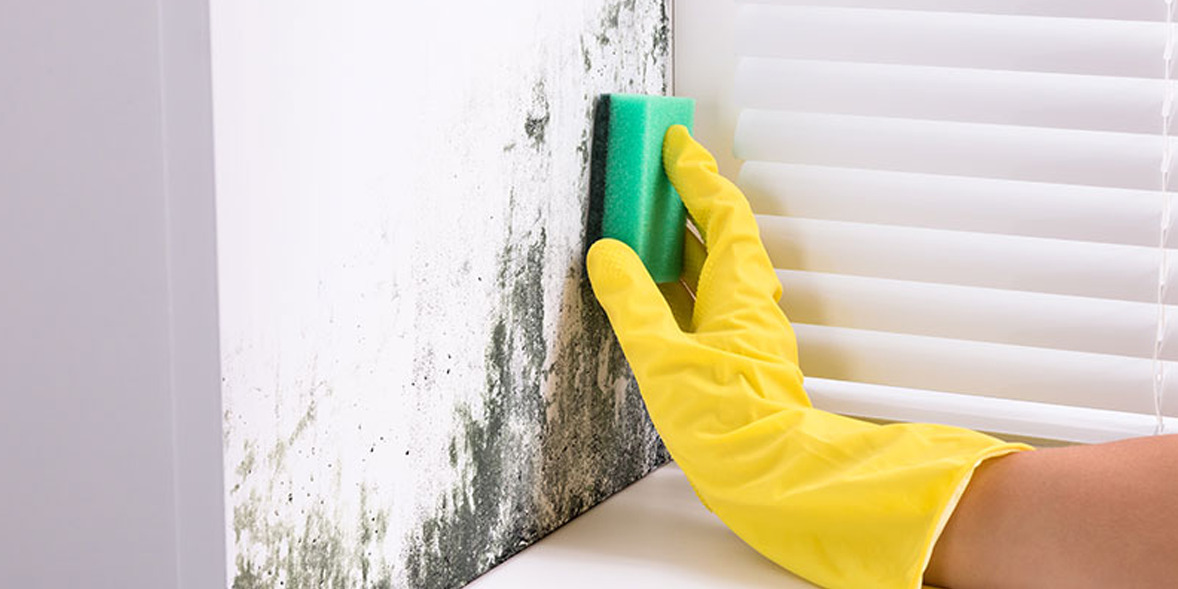Mould growth in homes can lead to various health issues and structural damage. One of the common causes of mould infestation is poor ventilation. Insufficient airflow allows moisture to accumulate, creating an ideal environment for mould to thrive. Fortunately, there are several practical steps you can take to prevent mould growth caused by poor ventilation. In this article, we will explore five effective ways to keep your home mould-free. Install and Maintain Ventilation Systems.
Proper ventilation is essential for maintaining a healthy indoor environment. Installing / using exhaust fans in kitchens, bathrooms, and laundry rooms helps remove excess moisture and odours. So brave that brief chilly breeze in the shower and flick the fan on! Regularly inspect and clean vents and exhaust fans to ensure they are functioning optimally.
Open Windows and Doors for Air Circulation
When weather conditions permit, open windows and doors to promote air circulation throughout your home. Fresh air helps reduce moisture levels and prevents stagnant air pockets that encourage mould growth. It’s free, and keeps the air in your home fresh!
A wise old-home restorer once told me that “not many homes have moisture issues – they just have tightly closed windows
Use Dehumidifiers and Air Conditioners
High humidity levels contribute significantly to mould growth. Dehumidifiers and air conditioners help control moisture in the air, creating an unfavourable environment for mould. Place dehumidifiers in areas prone to dampness. Ensure regular maintenance and emptying of dehumidifier water containers. Air conditioners also act as dehumidifiers, so make sure they are appropriately sized for the room they serve. There are also ‘room moisture absorbers’ that a cheap to buy and easy to use – just pop them in the area that is prone to dampness and open the inner lid. The crystals absorb the moisture in the air.
Properly Insulate and Seal
Inadequate insulation and gaps in walls, windows, and doors can allow moisture-laden air to enter your home. Properly insulate your walls, roofs, and floors to prevent condensation and limit moisture penetration. Seal any cracks or gaps using caulk or weatherstripping to prevent air leaks and humidity infiltration. This helps maintain a controlled indoor environment, reducing the risk of mould growth.
Regular Cleaning and Mould Prevention
Regular cleaning is vital in preventing mould growth, especially in areas prone to moisture, such as bathrooms and kitchens. Clean up any water spills or leaks promptly and thoroughly dry the affected areas. Pay attention to hidden areas like under sinks or behind
appliances. Additionally, regularly inspect and clean your HVAC (heating / ventilation / air conditioning) system, as mould can easily develop in ducts and filters. Use mould-inhibiting cleaning products and ensure proper ventilation while cleaning to avoid inhaling harmful fumes.
Preventing mould growth caused by poor ventilation is crucial for maintaining a healthy home environment. By following these five effective ways, you can significantly reduce the risk of mould infestation. Remember to install and maintain ventilation systems, open windows and doors for air circulation, use dehumidifiers and air conditioners, properly insulate and seal your home, and practice regular cleaning and mould prevention. By taking these proactive measures, you can enjoy a mould-free living space and ensure the well-being of you and your family.
